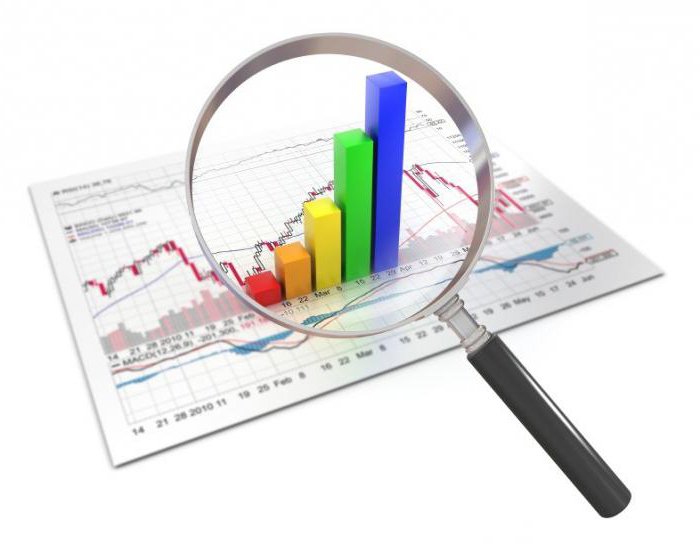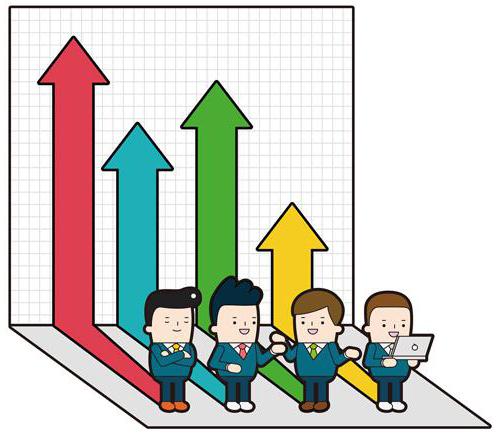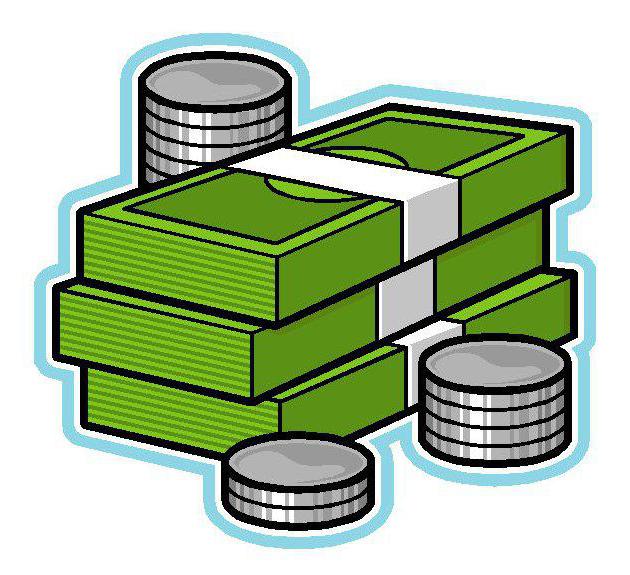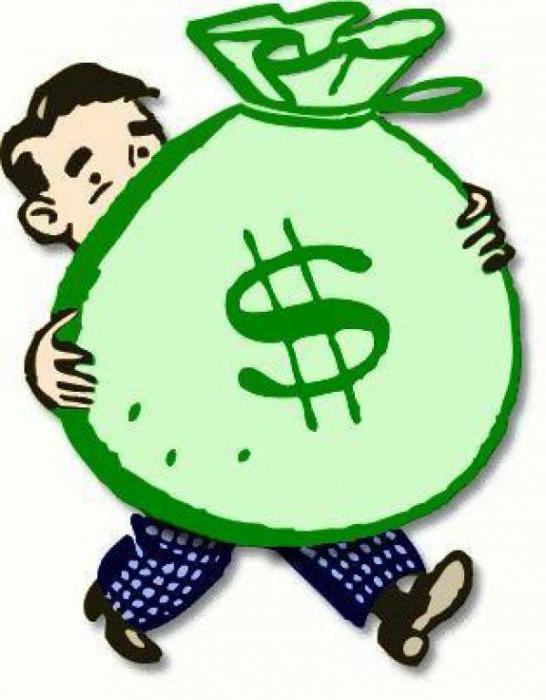Any economic activity should be subject to strict reporting, otherwise it would be stupid to talk about its feasibility - how can one rely on something that is not subject to control? The functioning of the economy is impossible without funds - combinations of many elements that work as a whole.
Return on assets characterizes how effectively the fixed assets of the business entity are used. In other words, it establishes the relationship between total income and income aimed at the elementary cost of the means of production, that is, the acquisition of materials, their delivery, work with them, and so on.
At the same time, the capital productivity of fixed assets does not fulfill an evaluation function, it simply displays certain indicators, and their comparison and analysis is the work of other people.

And why is it needed at all?
Based on the change in the capital productivity index, one can judge whether the company manages its funds correctly. Of course, usually such conclusions are made based on the analysis of this indicator over several years in order to make the most accurate idea of the dynamics of the company.
A bit of a boring theory
Before proceeding directly to the calculation of the return on assets indicator, it should be clarified what the basic production assets are. This, according to experts, is all means and objects of labor that are directly involved in the production process. This may include:
- equipment used during work;
- transport, delivering first the raw materials, and then the goods;
- buildings in which the production itself is located.
That is, everything that is necessary for production and, unlike consumables, serves for a long time. Fixed assets - this is what is used gradually, which means that the costs of their maintenance and repair are added to the cost of goods as they wear out.

And what can you see on it?
But back to our term. Return on assets characterizes, as already mentioned above, the rationality and efficiency of the use of long-term means of production. We can say that it directly depends on two factors:
- fluctuations in the value of fixed assets;
- variability in the use of these same funds.

An indicator of the path of economic development of any company can also be capital productivity. The value of the indicator perfectly demonstrates whether an intensive or extensive path of development is chosen.
Of course, if the bet is on quantity, then the equipment will wear out faster, therefore, the indicator will change, and not for the better. When the leadership chooses an intensive path for itself, the means of production are much better preserved. This allows you to save finances that could be directed to repair it, so that the return on assets is slightly increased.
Maths
And what if you have a task in the style of "determine the rate of return on assets"? There must be some way to calculate it?

The most universal formula is the calculation of capital productivity as the ratio of revenue to the value of fixed assets. Of course, the higher the value obtained, the more efficient the enterprise is. But at the same time, we must not forget that the result is influenced by a number of factors.
What can affect?
Inflation has a huge impact on the rate of return on assets - an increase in market prices leads to an increase in the cost of goods and a subsequent increase or decrease in demand for goods, that is, changes in revenue. And the cost of fixed assets is not exposed to such a strong impact as a result of inflationary processes, that is, the indicator is artificially high.

The next aspect is discrepancies in accounting policies. Information provided by different corporations may not coincide due to differences in the operation of systems that control operations. That is, the error creeps in even before the start of calculating the capital productivity ratio - the initial data themselves are erroneous.
The following is an artificial overstatement of revenue, which can also occur unintentionally due to some kind of hardware error. But in any case, it will affect the indicator in the same way as inflation. 
Uneven equipment obsolescence also plays a huge role. Some equipment may require urgent repairs, while another will not require the slightest intervention. This is where a peculiar conflict arises.
If you allocate as much money as planned with uniform wear and tear, it means to lose what was supposed to be spent on equipment in good condition. If less is allocated, then the old equipment, which simply cannot work at the same pace, is completely destroyed.
This aspect can both increase the capital productivity ratio (when less money is allocated), and lower it (with financial overruns).
And when to count?
Of course, you can calculate the return on assets at least weekly, the main thing is to keep a strict accounting of revenues and carefully monitor the state of fixed assets in order to notice any changes in them.
But usually to assess the effectiveness of their use requires an average annual return on assets. It can be calculated as the arithmetic average of monthly indicators, but it will be much more efficient to summarize the revenue received during the year and divide it by the cost of fixed assets (nevertheless, their condition is officially checked once a year). Typically, the resulting indicator is used to plan the budget for the next year.
Why count?
But what does the change in return on assets reflect? And in general, how to understand whether the company conducts its policy correctly, by one number?

If during a certain period of time a gradual increase in capital productivity is observed, we can say that the funds are spent exactly as needed. That is, equipment is less susceptible to wear, which means it can withstand a gradual increase in production volumes.
Moreover, this trend increases the economic stability of the company, that is, its ability to withstand any negative impact. In order to have an idea how much capital productivity will increase under all the existing conditions, it is necessary to multiply the growth rate by the average annual cost of basic expenses.
If the rate of return on assets characterizes an unstable company that does not know how to manage its resources, experiencing difficulties in selling goods, and so on, then it will gradually decrease. Of course, there can be no question of any further development in such a situation - the main task for companies with a declining capital productivity ratio is overcoming the crisis and entering a fundamentally new stage of development.
When the described indicator is compared within the industry, its high value indicates that the company is competitive. A low level is an alarm - a firm at any time can be pushed out of the market by more powerful and successful opponents.
Error handling
Everything is clear with values. But how can this figure be raised?
First, consider what can be done with the numerator of our formula for calculating capital productivity - revenue.It is logical that in order to earn more on a product, you need to sell it more. And in order for the consumer to choose this particular product, it is necessary to improve its quality and, as a result, competitiveness. Indeed, even the highest quality product, if it will be in only one store in the city, will not cause much enthusiasm among customers, therefore it is better to expand the distribution network in order to be able to sell it everywhere.
Let's move on to the denominator - fixed assets. The very first step is to increase the productivity of labor and equipment, even by increasing the load on this equipment (after all relevant checks, of course, so that it does not turn out that the equipment will not withstand the increase in capacity).
You can continue to lower costs for already obsolete means of production by introducing technical innovations, which in itself is aimed at improving labor efficiency and retraining personnel to work with this latest equipment.
Conclusion
All of the above will help the company embark on an intensive path of development, and perhaps even provide a way out of the crisis.
Thus, we can say that the capital productivity ratio characterizes the ratio of revenue to the cost of fixed capital, that is, it demonstrates the efficiency and effectiveness of the company at a certain stage of development.